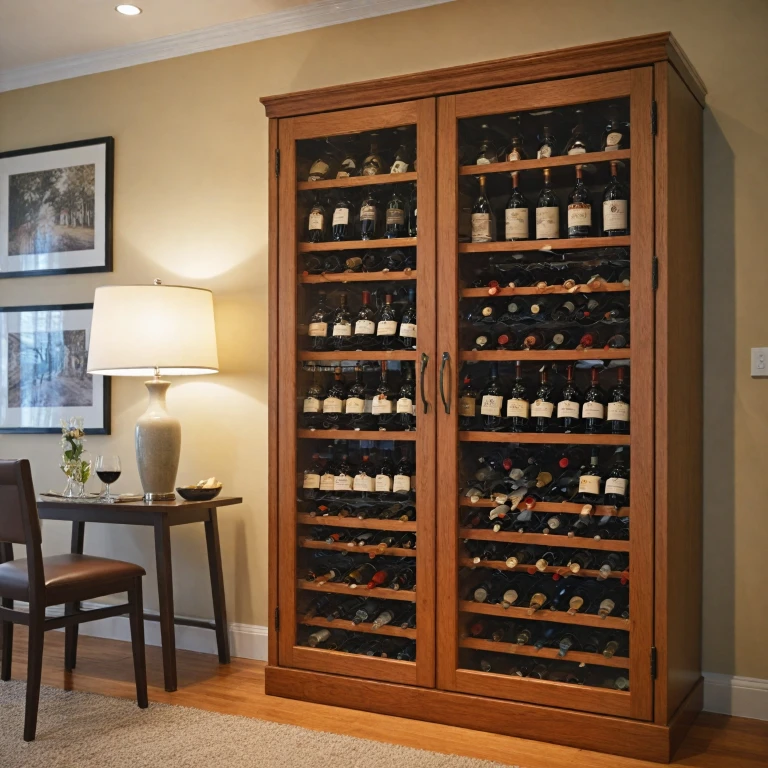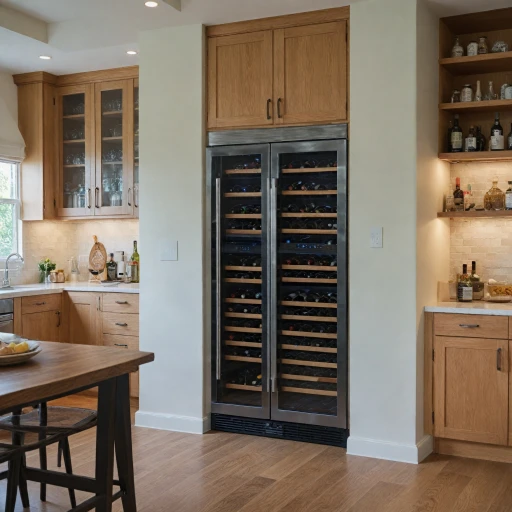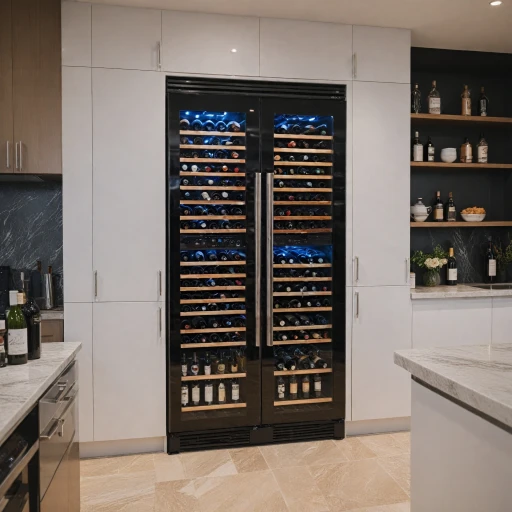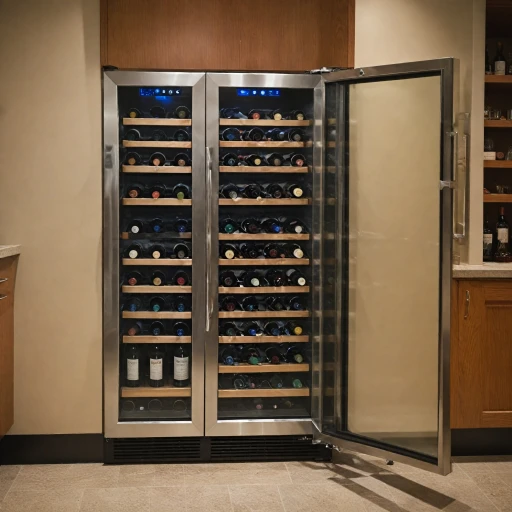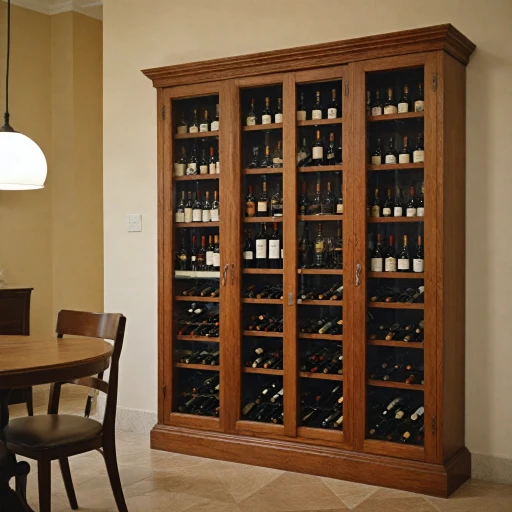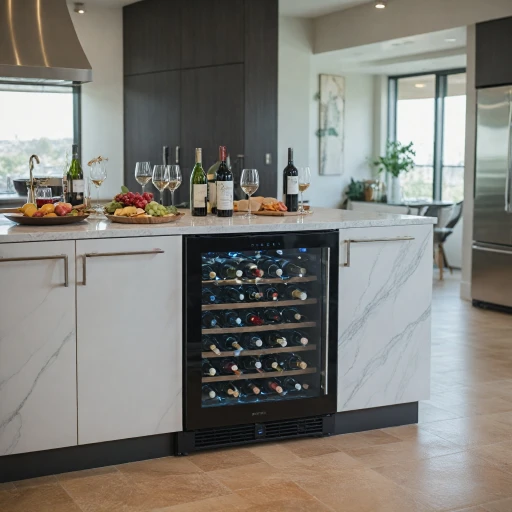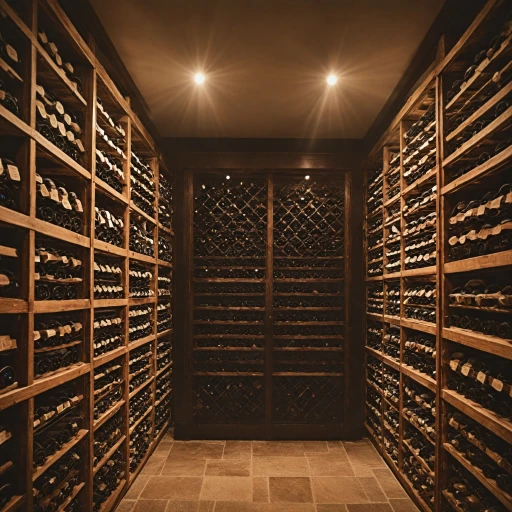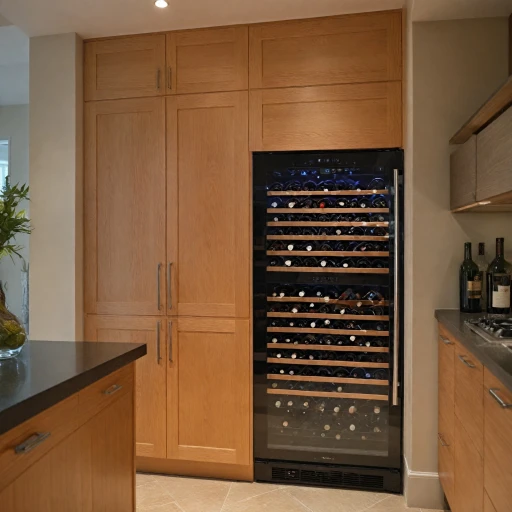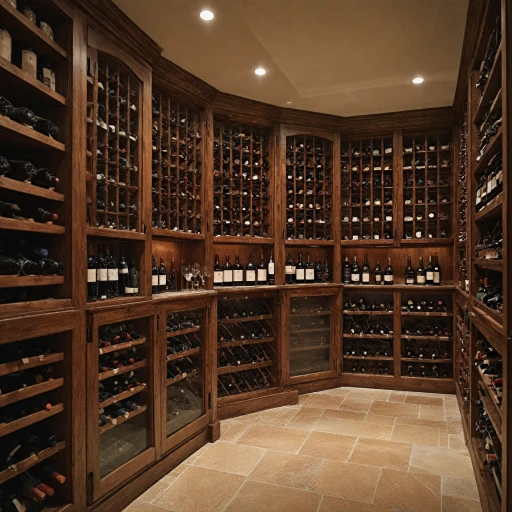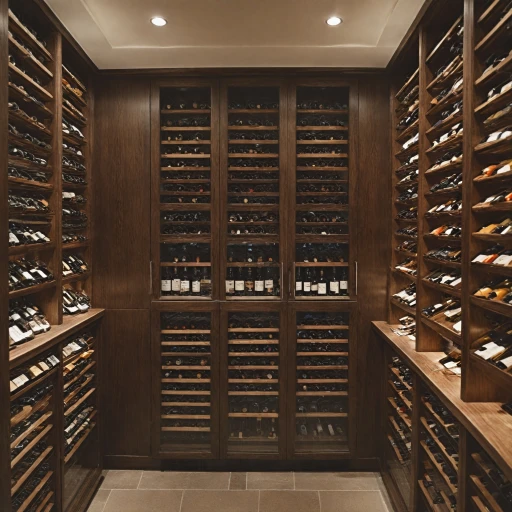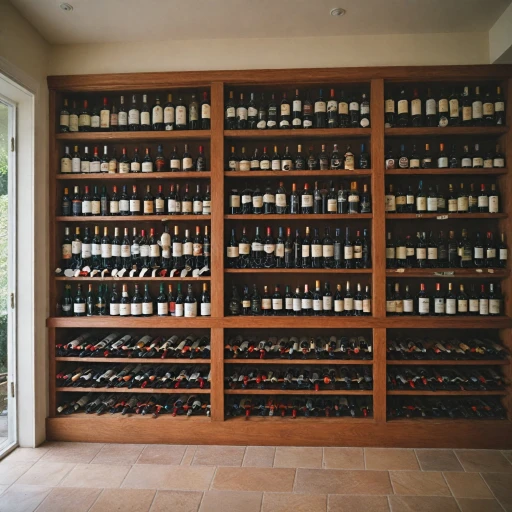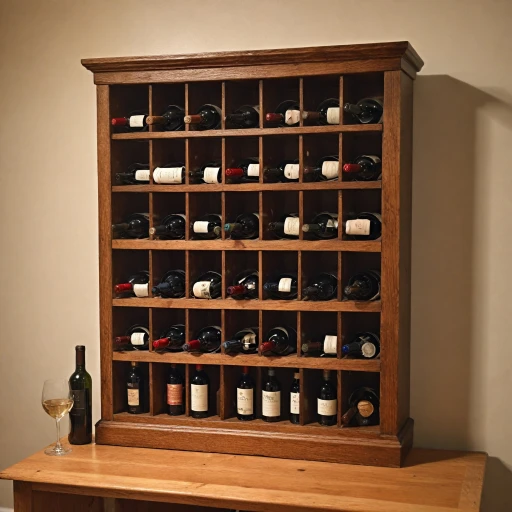
The Importance of Wine Cabinet Dimensions
The Significance of Knowing Your Wine Cabinet Measurements
Understanding the dimensions of a wine cabinet is crucial for anyone serious about wine storage. Before adding a wine cabinet to your space, consider the width, height, and depth. These measurements determine not only the cabinet's aesthetics but its functionality as well. In particular, the right dimensions ensure the wine racks within can accommodate a diverse collection, from oak to mahogany walnut classics. Proper dimensions also factor in the variety of wine bottle sizes, whether for standard wine bottles or a more diverse wine collection. Moreover, the dimensions impact how and where the cabinet can be placed, especially if it aims to blend seamlessly into a kitchen or a specialized wine cellar. For those keen to optimize space, understanding dimensions is also integral to balancing the look and practicality. Selecting a wine cabinet without factoring in these dimensions might result in a misfit, either aesthetically or functionally. Therefore, grasping these measurements sets a strong foundation for effective wine storage and can ultimately aid you in choosing the ultimate wine fridge for your collection. For more details on this process, feel free to explore our in-depth guide here.Standard Wine Cabinet Sizes
Conventional Wine Cabinet Measurements
When considering the best wine storage solution, it's crucial to understand the various dimensions that standard wine cabinets usually come in. These cabinets are designed to accommodate wine bottles comfortably while ensuring proper ventilation and accessibility, and they often serve as a foundation for further customization.
Standard wine cabinets are generally crafted to meet the fundamental needs of both casual wine enthusiasts and serious collectors. Here are some typical dimensions you might encounter when looking into conventional wine cabinets:
- Width: It's common for the width to allow for a single or double column of bottles, with variations typically ranging from narrow designs at about 18 inches (46 cm) to broader configurations that can span 24 inches (61 cm) or more.
- Height: Standard cabinets can vary significantly in height, with most models offering around 60 to 72 inches (152 to 183 cm) to maximize storage without overwhelming the space.
- Depth: Often aligning with kitchen cabinetry, typical depths might be around 24 inches (61 cm) to comfortably house wine racks and ensure ease of access to each bottle.
Opting for standard dimensions allows for a balance of practicality and aesthetic appeal, particularly in home settings like the kitchen or dining room. Utilizing quality materials such as oak, walnut, or mahogany further enhances the cabinet's functionality and integration into your home decor, while still providing robust wine storage solutions.
Understanding these standard wine cabinet sizes is a stepping stone as you delve deeper into customizing specific dimensions to suit your personal or collection needs. Whether it's full height, double depth, or specific width and height adjustments, knowing the basics helps create an efficient storage system that compliments your lifestyle.
Customizing Wine Cabinet Dimensions
Exploring Tailored Wine Cabinet Dimensions for a Personalized Collection
When it comes to preserving the quality and enhancing the aesthetic of your wine collection, customizing wine cabinet dimensions can be a game-changer. Whether your collection consists of robust reds or delicate whites, tailoring these dimensions ensures optimal utilization of your space and adds a personal touch to your storage solution.
When designing a custom cabinet, consider the width, height, and depth of your desired storage space. For collectors who pride themselves on an extensive array of bottles, opting for a double deep wine rack can effectively double your storage capacity without demanding more floor space. The flexibility of custom dimensions allows you to consider column width, essential for accommodating different wine bottle sizes, from standard bottles to larger champagne or magnum bottles.
Another vital aspect is the material and finish of your cabinet. Wood species such as oak, walnut, or mahogany not only lend a timeless elegance but also enhance the durability of your wine rack. For a more contemporary look, incorporating metal wine racks might be your best bet. Tailoring your material selection according to your kitchen or wine cellar's design ensures that functionality doesn’t compromise style.
Customizing allows for integration within various living spaces — be it a cozy corner of your kitchen or a dedicated wine cellar. This can be particularly effective when your setup needs to align with certain height and width restrictions, or when seeking a seamless integration into base wine racks within cabinetry for a streamlined appearance.
By going down the customization route, you not only optimize your storage arrangements but also create a distinctive storage environment that reflects both your wine preference and personal style.
Factors Influencing Wine Cabinet Dimensions
Key Considerations in Determining Wine Cabinet Measurements
When setting up a wine cabinet, considering the dimensions involves more than just fitting a unit into a space. The interplay between the size of the cabinet and how you intend to use it can greatly influence your wine collection's accessibility and preservation. Here's what to consider:- Collection Size: The number of bottles you aim to store is crucial. Smaller collections may suit a standard wine cabinet, while more extensive collections might require custom dimensions that offer flexibility and scalability over time.
- Type of Wines: The height and width of the wine bottle vary, especially between red and white wines, which means the cabinet column height and rack designs should be compatible. For example, larger bottle heights for sparkling wines might necessitate deeper racks.
- Aesthetic and Material: Choices about material like oak, walnut, or mahogany influence depth and width considerations not solely for aesthetics but to add character to your kitchen or wine cellar while ensuring stability of the racks.
- Storage Environment: Depending on whether your cabinet will be placed in a climate-controlled room or a warmer kitchen setting, you might consider the cabinet's insulation and the type of wood species used, as these affect the wine storage temperature.
- Space Configuration: Avoid cramping your space; base wine cabinets should ideally integrate well within your existing furniture arrangement, accounting for walkways and other utilities.
- Future Expansion: Consider if you might eventually opt for a double deep storage solution, allowing more bottles within the same footprint by stacking or extending rows, thus optimizing rack and storage efficiency.
Space Optimization Tips
Tips to Maximize Your Space
Making the most out of your wine cabinet dimensions is crucial when planning for optimal storage and accessibility in your home or kitchen.- Plan Around Height and Depth: Consider the height and depth of the wine cabinet in relation to your wine bottle sizes and storage needs. A deeper cabinet can accommodate double deep wine rack configurations, increasing storage potential.
- Use Convenient Rack Configurations: Optimize the arrangement of your wine racks to store more bottles efficiently. For instance, a column layout might work excellently for taller bottles or unique sizes.
- Mix Materials for Enhanced Capacity: Combining materials like metal wine racks with wood species such as oak or mahogany can add both aesthetic appeal and structural integrity, allowing varied storage options.
- Consider Adjustable Shelving: Having adjustable racks or shelves provides greater flexibility in managing space, especially if you have a diverse wine collection that includes different dimension widths and heights.
- Incorporate Door and Drawer Options: Utilizing doors and drawers can help in organizing full wine bottles, offering additional protection and easy access to your collection without compromising on the overall cabinet dimensions.
- Look for Space-Saving Designs: Choose designs that make excellent use of limited spaces. A slim width cabinet can be ideal for serving as a base wine storage under a kitchen counter, allowing you to maximize available space.
Balancing Functionality and Design
Achieving Harmony between Usability and Aesthetics
When it comes to selecting the right wine cabinet for your collection, it's crucial to strike a balance between functionality and design. Understanding how to blend these two elements can significantly enhance both the aesthetic appeal and the efficiency of your wine storage solution.
Wine racks play a vital role in maximizing the storage potential of any cabinet. By arranging bottles in a manner that optimizes height, width, and depth, you ensure easy access and protection of your collection. The dimensions of your cabinet don't just accommodate bottles horizontally; consider a vertical column of double deep racks for compact storage that still maintains visual appeal.
Materials such as oak, walnut, and mahogany are classic choices that bring a touch of elegance to any kitchen or wine cellar. These wood species not only support the weight of wine bottles but also contribute to a cabinet that complements other furnishings. Choose between sophisticated mahogany and rich walnut finishes, or explore white for a more modern look.
Beyond standard wine racks and cabinets, consider custom solutions to accommodate unique dimensions of your wine collection. This might involve specialized woodwork or even integrating metal wine racks to reflect a contemporary taste.
Ultimately, achieving a blend of functionality and design requires a comprehensive look at not only the capacity and layout of the rack but also how it enhances the overall design of your wine storage space. A well-designed wine cabinet seamlessly combines practicality with style, creating a wine storage solution that's as pleasing to the eye as it is efficient in preserving your cherished collection of bottles.

